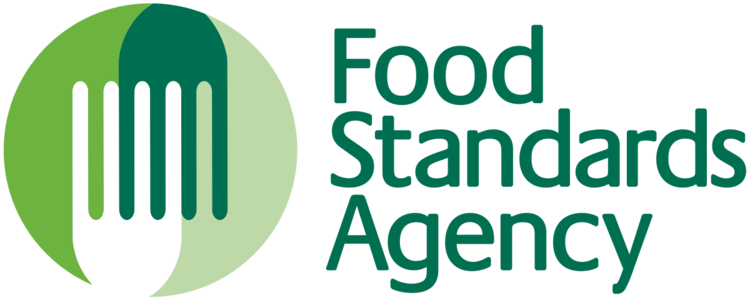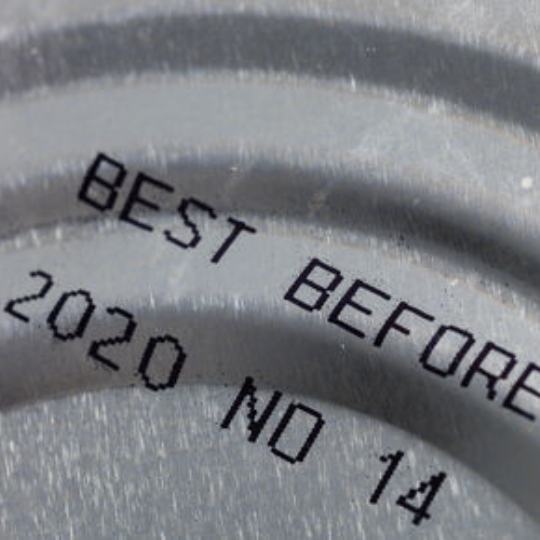The Kitchen Life 2 study, supported by the Food Standards Agency (FSA), has unveiled critical insights into our everyday kitchen habits, uncovering areas where improvement is crucial for food safety. By closely examining 70 households and 31 restaurant kitchens across England, Wales, and Northern Ireland, the study presents compelling statistics that highlight common risky behaviours and practices.
Revealing Statistics:
Handwashing After Handling Raw Meat: Less Frequent Than You Think
- The study observed that only about 30% of individuals washed their hands after handling raw meat, a key practice to prevent the spread of bacteria.
Chopping Board Reuse Without Cleaning
- In over 50% of the kitchens observed, chopping boards were reused for different foods without proper washing in between, significantly increasing cross-contamination risks.
Ignoring Use-By Dates: A Widespread Habit
- Surprisingly, 75% of participants admitted to consuming food past its use-by date, risking foodborne illnesses.
Incorrect Fridge Temperatures: A Common Oversight
- Approximately 60% of households were found to store food at incorrect temperatures, fostering an environment conducive to bacterial growth.
- The correct temperature for storing food in a fridge is at or below 4°C. This temperature range is crucial for slowing down the growth of bacteria and maintaining the safety and quality of perishable foods like dairy, meats, and leftovers. Freezers should be set at -18°C to keep foods frozen.
Leftovers: Reheating Practices Fall Short
- When it came to reheating leftovers, the study found that in over 40% of cases, food was not reheated until steaming hot throughout, a practice essential for killing harmful bacteria.
Food Storage and Waste: Room for Improvement
- About 80% of households demonstrated practices that could lead to unnecessary food waste, like misinterpreting food labels or poor planning, which also impacts food safety.
Why Do We Take These Risks?
- Habits: Many of these risky behaviours come from old habits that are hard to break, even if we know better.
- Education: Increasing awareness about foodborne illnesses and the importance of food safety can motivate change. Understanding the “why” behind food safety recommendations makes it easier to adopt new practices.
- Confusion: Some people are confused about food safety rules, like not knowing the difference between “use-by” and “best before” dates.
- Use-By Dates: These dates are about safety. A use-by date on food is the date set by the manufacturer as the last day that the food is considered safe to eat. After this date, food may not be safe to eat, even if it looks and smells fine.
- Best Before Dates: On the other hand, best before dates are about quality rather than safety. This date is the manufacturer’s estimate of when the food will no longer be at its best quality and flavour.
- Taking Shortcuts: When we’re in a rush or tired, we might take shortcuts like not heating leftovers until they’re hot all the way through, which can make us sick.
- Internal Temperature: The specific temperature can depend on the type of food, but a general guideline for reheating all types of leftovers is to reach an internal temperature of at least 74°C.
- Saving Food: Nobody likes to waste food, so sometimes we eat things even if they’re past their expiry dates, especially if they still look and smell okay.
- Not All Bacteria Produce Odors: Many harmful bacteria that cause foodborne illnesses, such as Salmonella, Listeria, and E. coli, do not produce any smell as they grow. So, food can be contaminated and potentially dangerous to eat even if it smells fine.
- Some Changes Are Not Detectable by Smell: The initial stages of spoilage or bacterial growth may not significantly alter the smell of food. By the time a bad odour is noticeable, the food could already be heavily contaminated and unsafe.
Why Do These Statistics Matter?
These findings from the Kitchen Life 2 study underscore a critical need for more accessible food safety education and the adoption of safer food handling practices. The statistics reveal not just individual habits but also collective trends that, if addressed, could significantly reduce the incidence of foodborne illnesses.
What Can We Do Better?
Armed with these insights, it’s clear that breaking bad habits, clarifying misconceptions around food safety labels, and prioritising simple yet effective practices like proper handwashing and food storage can make a significant difference in enhancing kitchen safety.
The insights from the Kitchen Life 2 study reveal significant gaps in our kitchen habits, emphasising a critical need for improvement to protect our health and ensure the safety of the food we serve. For businesses in the food service industry, this underscores the importance of comprehensive food safety education across every level of the organisation.
From front-of-house staff to chefs and kitchen managers, understanding and implementing food safety practices is non-negotiable. Food Safety Levels 1, 2 and 3 serve as a framework for this education, guiding each team member through the specific knowledge and skills needed to uphold the highest standards of food hygiene and safety.
Service staff, often the first point of contact with customers, require foundational food safety knowledge (Food Safety Level 1) to prevent cross-contamination and ensure proper handling. Chefs and kitchen workers dive deeper (Food Safety Level 2), mastering cooking temperatures, storage, and handling to avoid foodborne illnesses. At the top, managers and supervisors (Food Safety Level 3) learn to oversee and enforce these practices, creating a culture of safety that permeates every aspect of the operation.





















